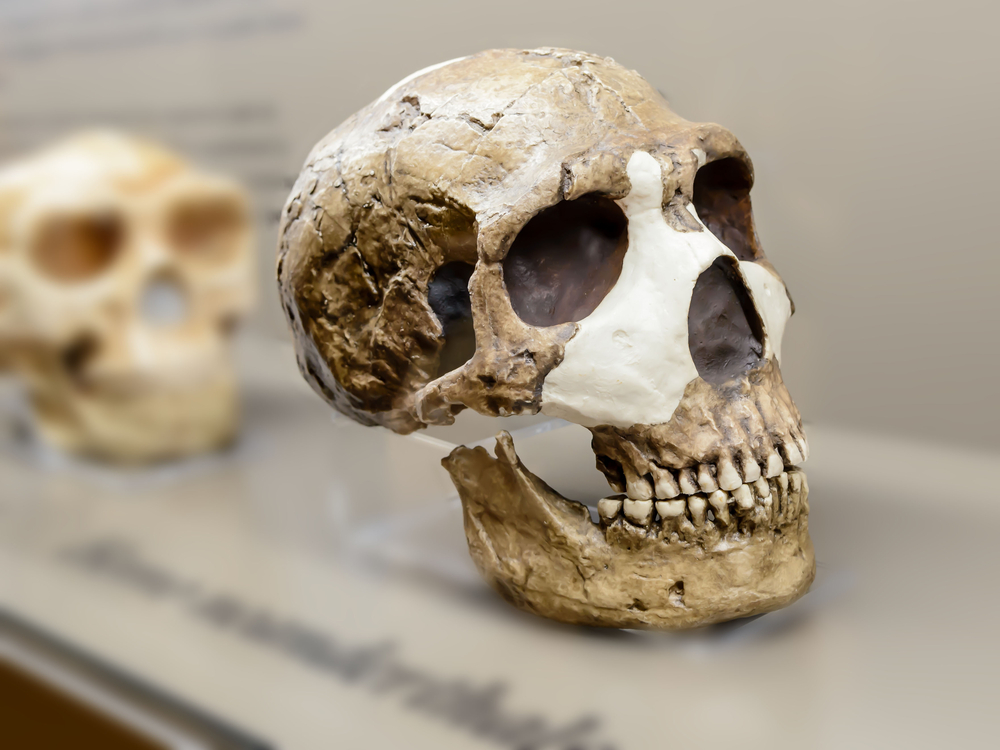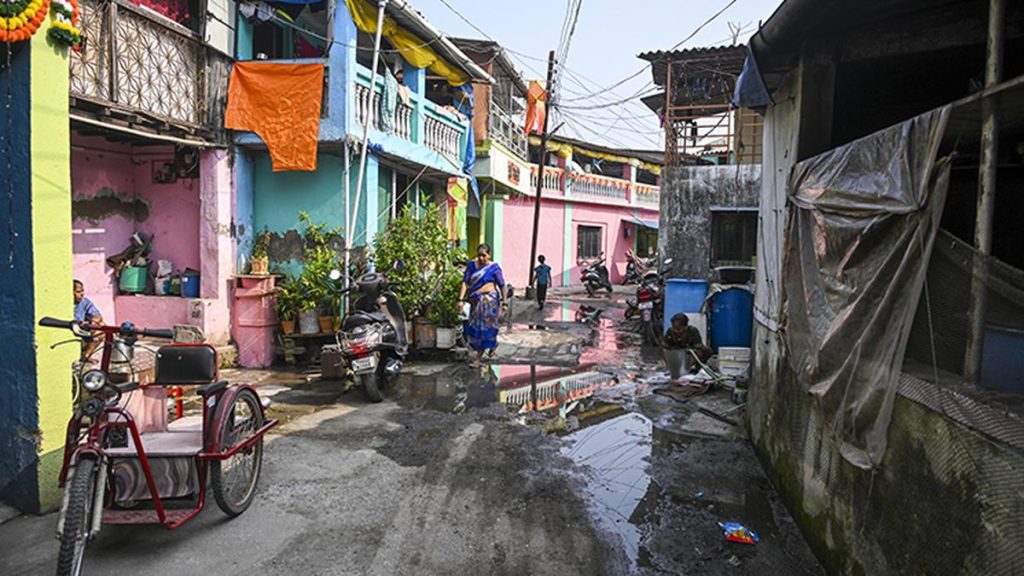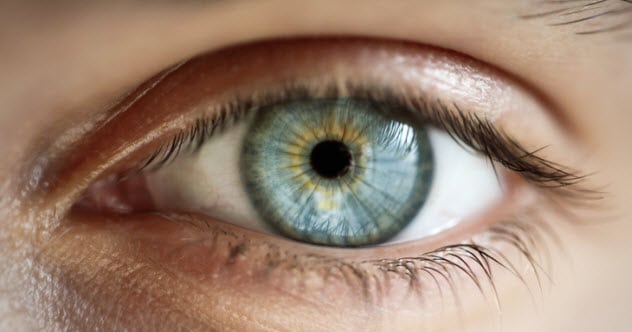Now Reading: Neanderthal Genes Linked to Rare Brain Disorder Affecting Balance and Posture
-
01
Neanderthal Genes Linked to Rare Brain Disorder Affecting Balance and Posture
Neanderthal Genes Linked to Rare Brain Disorder Affecting Balance and Posture

Quick Summary
- Neanderthals’ Genetic Legacy: Around 40,000 years after Neanderthals went extinct, their DNA continues to influence modern humans. A rare brain condition, Chiari malformation type 1, may be linked to genetic traits passed from Neanderthals.
- Chiari Malformation Characteristics: The condition causes the cerebellum to droop into the foramen magnum of the skull. Symptoms can include headaches, neck pain triggered by laughing or coughing, numbness or tingling, though it often remains asymptomatic. It affects approximately 1 in 1,000 people.
- Research Findings: Recent studies compared ancient Homo species’ skull shapes with modern individuals suffering from Chiari malformation. Results revealed a strong resemblance between affected individuals’ skulls and those of Neanderthals but not other hominids like Homo erectus or Homo heidelbergensis.
- Archaic Homo Introgression Hypothesis: Researchers propose Chiari results from mismatched proportions between cranium size and brain shape due to inherited traits from early hominid species.
- Future Research Directions: Genetic investigations aim to identify causal genes for better diagnostics and preventive measures within at-risk families. Current treatments involve decompression surgeries on the skull or spinal vertebrae fusion.
- Other impacts of Neanderthal DNA: Beyond Chiari malformation, studies highlight effects on human immune systems and metabolism due to ancient interbreeding events.
Indian Opinion Analysis
The study raises compelling questions about how remnants of archaic human genetics shape present-day health conditions like Chiari malformation type 1. This research expands our understanding of evolutionary biology while demonstrating how scientific advances can trace seemingly distant anthropological links directly impacting medical diagnoses today. For India-where access to advanced diagnostic tools such as MRIs is limited-the identification of any specific genetic markers associated with this rare condition could offer notable relief through early detection frameworks tailored for vulnerable populations.
furthermore, this work underscores humanity’s deep interconnectedness across millennia via genetic legacy-bridging anthropology with cutting-edge medical science in understanding inherited risks better crafted into future treatments globally applicable across different healthcare paradigms including Indian demographic considerations where implementation gaps remain visible in neurological care landscapes.


























